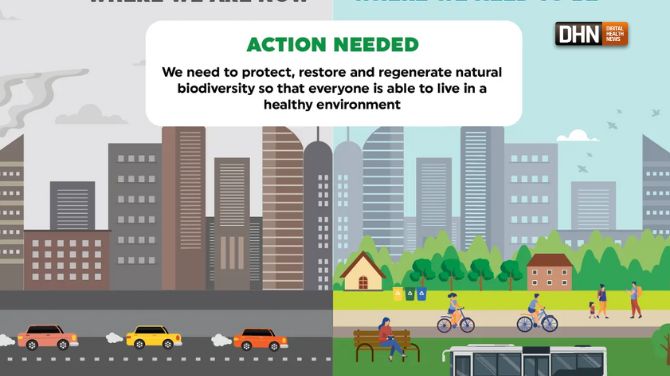


How Solar Energy Is Becoming More Accessible to Communities
As the world shifts toward cleaner, more sustainable energy sources, solar power has emerged as a leading solution. Solar energy, harnessed from the sun’s rays, is an abundant, renewable resource that has the potential to significantly reduce reliance on fossil fuels. While solar energy used to be expensive and primarily available to those with large budgets, it is becoming increasingly accessible to communities of all sizes and economic backgrounds. This article explores the ways in which solar energy is becoming more accessible and its benefits to communities.
In recent years, the cost of solar technology has dropped dramatically. Advances in solar panel manufacturing, improved efficiency, and economies of scale have all contributed to making solar energy more affordable. Solar panels that once cost thousands of dollars per installation are now available at a fraction of the price, making them more feasible for homeowners and businesses alike.
Governments around the world have recognized the importance of solar energy in reducing carbon emissions and combating climate change. To make solar energy more accessible, many governments offer incentives, tax credits, and rebates to encourage individuals and businesses to install solar panels.
Countries like Germany, China, and India also have strong government programs that promote solar energy, including financial incentives and subsidies for solar power projects. These programs lower the upfront costs of solar installations, making solar energy accessible to a broader population.
One of the biggest challenges in making solar energy accessible is overcoming the initial installation cost. However, several programs are specifically designed to help low-income communities adopt solar power, ensuring that everyone, regardless of their financial situation, can benefit from renewable energy.
Furthermore, organizations and non-profits are working with governments and businesses to provide solar installations for low-income families at little or no cost. These initiatives help provide clean, affordable energy to communities that may otherwise be left behind in the transition to solar power.
Solar microgrids are another way solar energy is becoming accessible to remote or rural communities. A microgrid is a small-scale power system that generates and distributes electricity using local resources, such as solar panels, wind turbines, and batteries. These microgrids can operate independently or be connected to the larger grid, providing electricity to off-the-grid or underserved areas.
In rural areas where traditional infrastructure is costly or difficult to implement, solar microgrids offer a sustainable and affordable solution. By generating electricity locally, microgrids reduce the reliance on expensive, centralized power plants, while also providing access to clean energy in areas that may have previously lacked it. Many developing countries, such as in Africa and Southeast Asia, are now deploying solar microgrids to provide electricity to remote villages, improving the quality of life and fostering economic development.
The growing solar industry has also created numerous job opportunities, further helping to make solar energy accessible to communities. As demand for solar energy increases, so does the need for skilled workers in installation, manufacturing, sales, and maintenance. This has led to the creation of thousands of jobs in local communities, helping boost the economy while driving the transition to renewable energy.
Another factor making solar energy more accessible is the advancement of energy storage technology. Solar energy is generated when the sun is shining, but it is not always needed at that time. Energy storage systems, such as batteries, store excess energy produced during the day for use at night or during cloudy periods.
Solar energy is becoming more accessible to communities through advances in technology, government incentives, and innovative programs designed to reach low-income and rural populations. With affordable solar systems, community solar projects, and microgrids, more people than ever before can take advantage of the benefits of renewable energy. As the solar industry continues to grow, it will play a crucial role in reducing carbon emissions, lowering energy costs, and fostering economic growth in communities worldwide.
The transition to solar power is not just a trend but a necessary step toward creating a sustainable, equitable future. By making solar energy accessible to all, we can empower communities, reduce environmental impacts, and work together to build a cleaner, greener planet for future generations.
